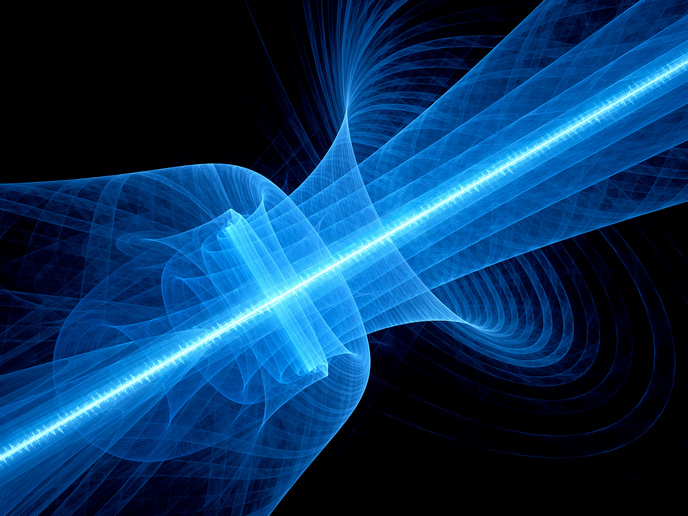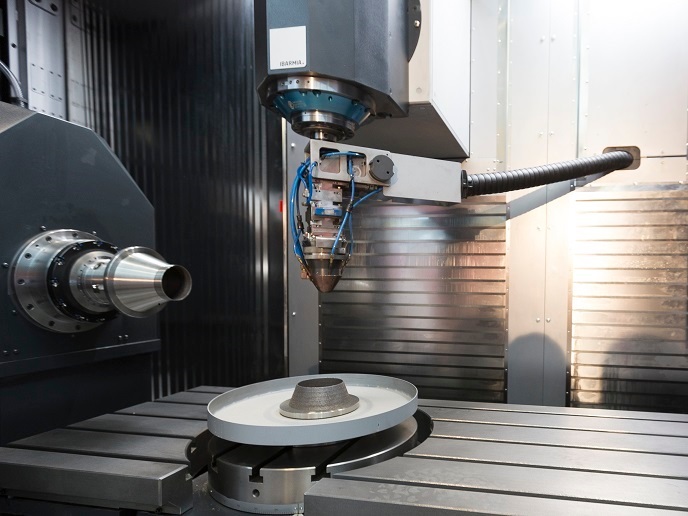Aircraft gas turbine becomes electric
Unlike electro-hydrostatic actuators, EMAs have no hydraulic backup and are an excellent fit for control systems of gas turbine engines. The E-SEMA (Development of electric smart actuator for gas turbine engines) project successfully developed and tested an innovative concept of extremely light, reliable and smart electric actuators. EMAs represent the next generation of actuation systems for most commercial aircraft and aero engines. Connected to the engine turbine control unit in a plug-and-play manner, the electrical actuators are used to control the inlet guide or stator vane, replacing the current hydraulic actuators. Special focus was placed on developing highly reliable electronic architecture, considering heavy vibrations and extreme operating and environmental conditions that are present in engines. Researchers used advanced motor metallic materials with high strength-to-weight ratio for use at high temperatures. Special thermal insulation methods were employed to ensure protection of electronics and sensors from important factors such as cooling effects. Structural health monitoring significantly reduces maintenance costs. Project work resulted in standardised and produced modular actuation systems to avoid extra certification costs, optimise recurrent costs and rapidly configure actuators. E-SEMA's advanced concepts for all-electric aircraft help reduce bleed air in engines and system weight. In turn, these should increase performance while reducing fuel consumption, emissions and operating costs. With reduced aircraft weight, emissions are expected to decrease by 5 % within 10 years. Significantly contributing to next-generation all-electric aircraft, these advanced EMAs should increase European competitiveness in the challenging aeronautics sector.







